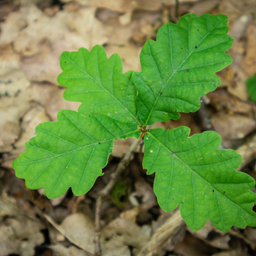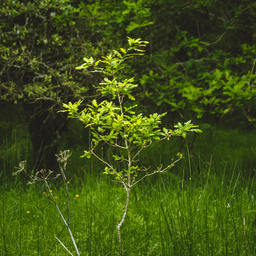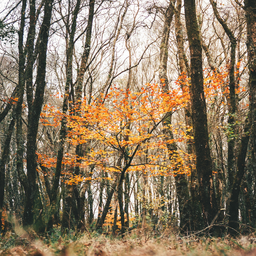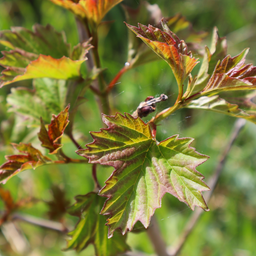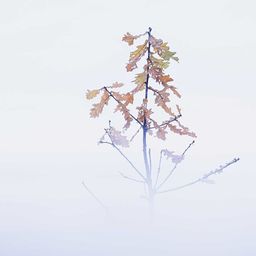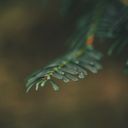
Vancouver Fir: Uses and characteristics
Vancouver Fir, or Giant Fir, is a fast-growing tree native to North America, that has been widely planted in the temperate, high-humidity regions of Europe.
Vancouver fir
The Vancouver Fir originates from the west coast of North America and was first introduced in Europe in 1831. This tree has characteristics that are very advantageous in forestry, even though it is currently suffering from climate change and attacks by fungi and insects. It is one of the tallest trees in Europe and is easily recognised by the resin warts on its bark and the citrus sent of its needles.
Why does EcoTree plant Vancouver Fir?
Abies grandistolerates being covered by other species very well in its early years. It can therefore grow in mixed stands in the company of Douglas Fir, European Larch or Sitka Spruce.
However, the Vancouver Fir needs high atmospheric humidity and minimum 700 mm of annual precipitation. It is resistant to cold, but has difficulty with spring frosts, summer drought and wind. This is why some Vancouver Fir plantations have suffered from the recurrent droughts of recent years. Our foresters are therefore vigilant about these points before planting Vancouver Fir in our forest.
Vancouver fir - Overview
Vancouver fir - Overview

Vancouver fir - Species requirements
The Vancouver Fir requires deep rooting in cool soil. It does not like very acidic, chalky or hydromorphic soils. Under optimum conditions, it grows very quickly, which explains why foresters have widely adopted it, particularly in the Massif Central in France.
Today, its main enemies are drought and mistletoe, two beetles, the bark beetle and the fir dandelion, and two fungi, armillaria and fomes. Their root systems penetrate the trees, rotting the heartwood.
Vancouver Fir’s wood
The wood of Vancouver Fir has relatively low mechanical strength. It is, therefore, not used in construction but is widely used in the manufacture of plywood, pallets, crates, formwork and paper pulp.
It also makes a beautiful Christmas tree, which is environmentally friendly, elegant, and has a lovely scent for the home.
Vancouver Fir’s symbolism
The Vancouver Fir is deeply rooted in local ecosystems and indigenous cultures and is a symbol of strength and resilience because of the impressive heights it can reach. It is revered for its many practical uses, from building houses and canoes to making clothing and medicines.
The Vancouver Fir also embodies sustainability and longevity, representing nature's ability to renew and thrive despite environmental challenges. As a symbol of the harmony between man and nature, it reminds us of the importance of preserving our forests and living in balance with our natural environment.
Our selection of trees
Our goal is to enable anyone to do something that benefits nature and helps us to live in a more harmonious world. So why not become a tree owner in a European forest and help combat climate change?




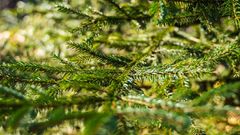

Please note that this is promotional communication. See our notice of information.


